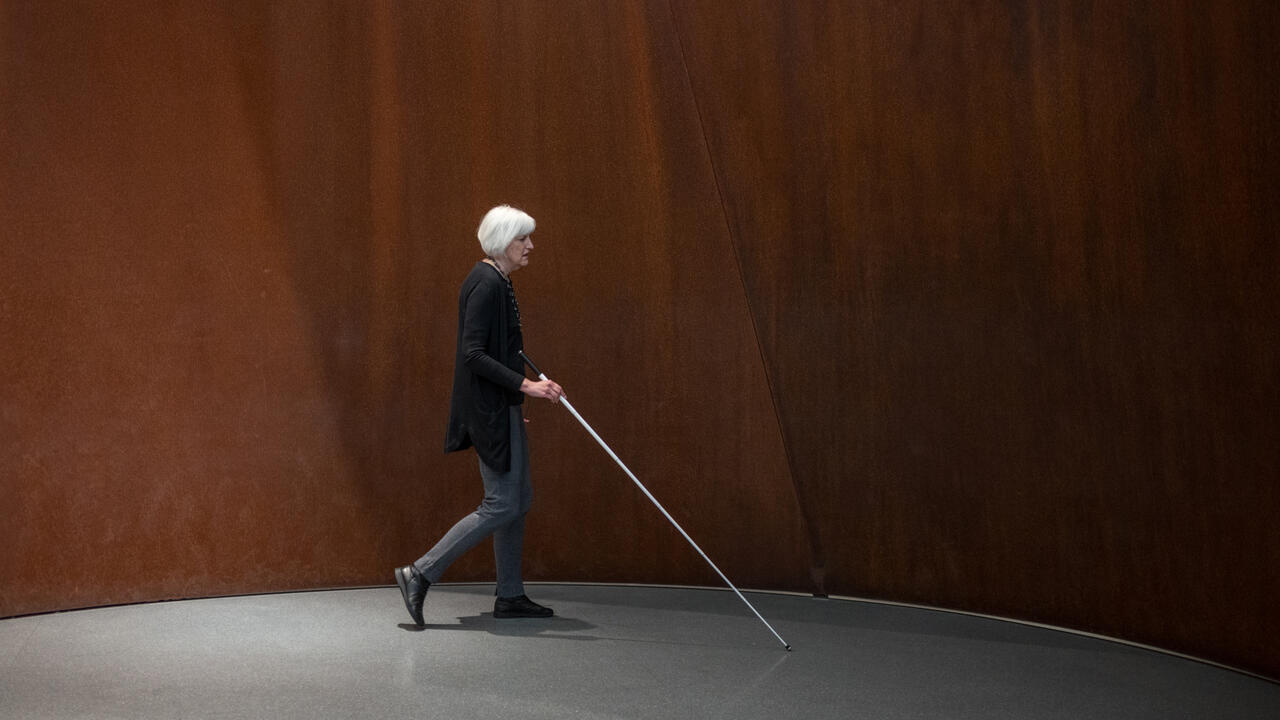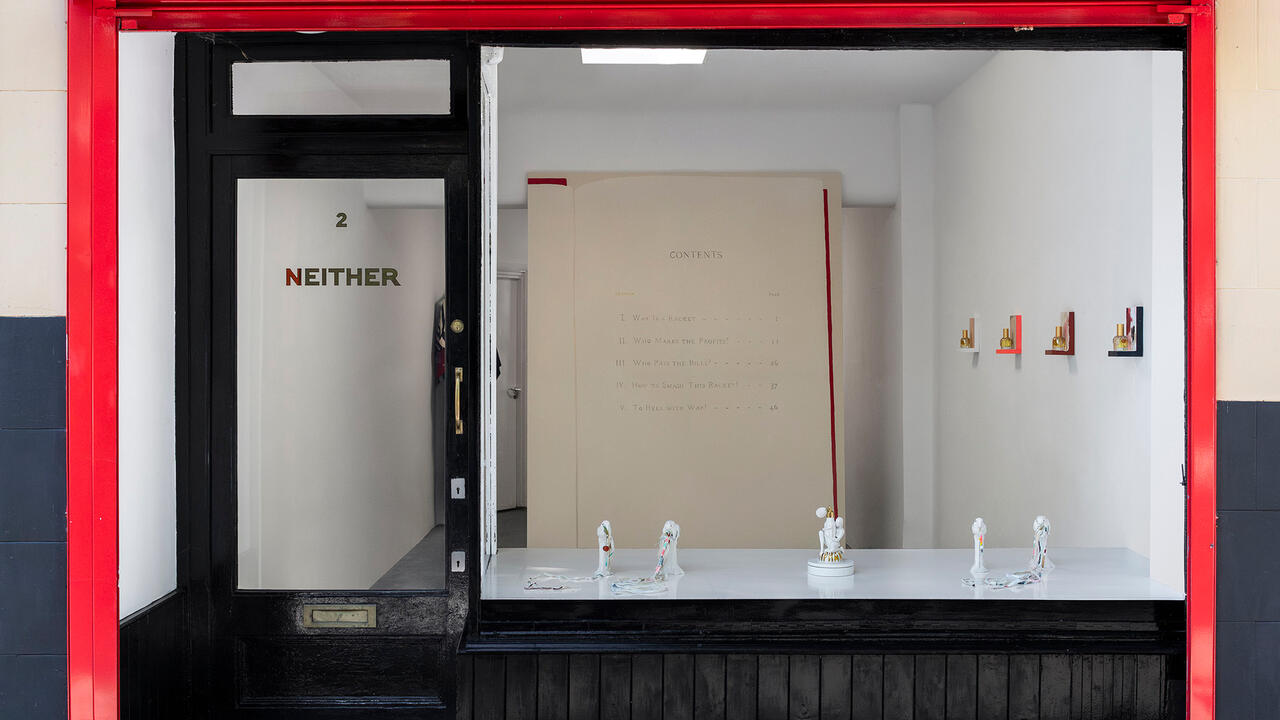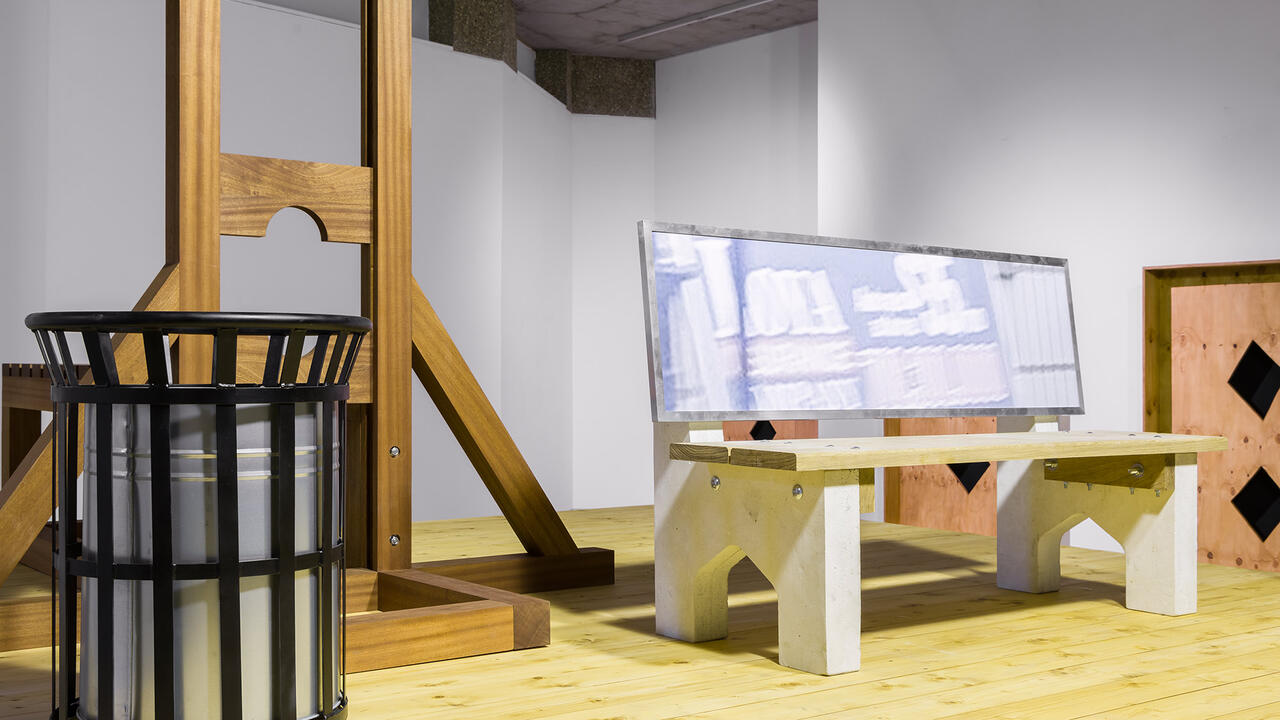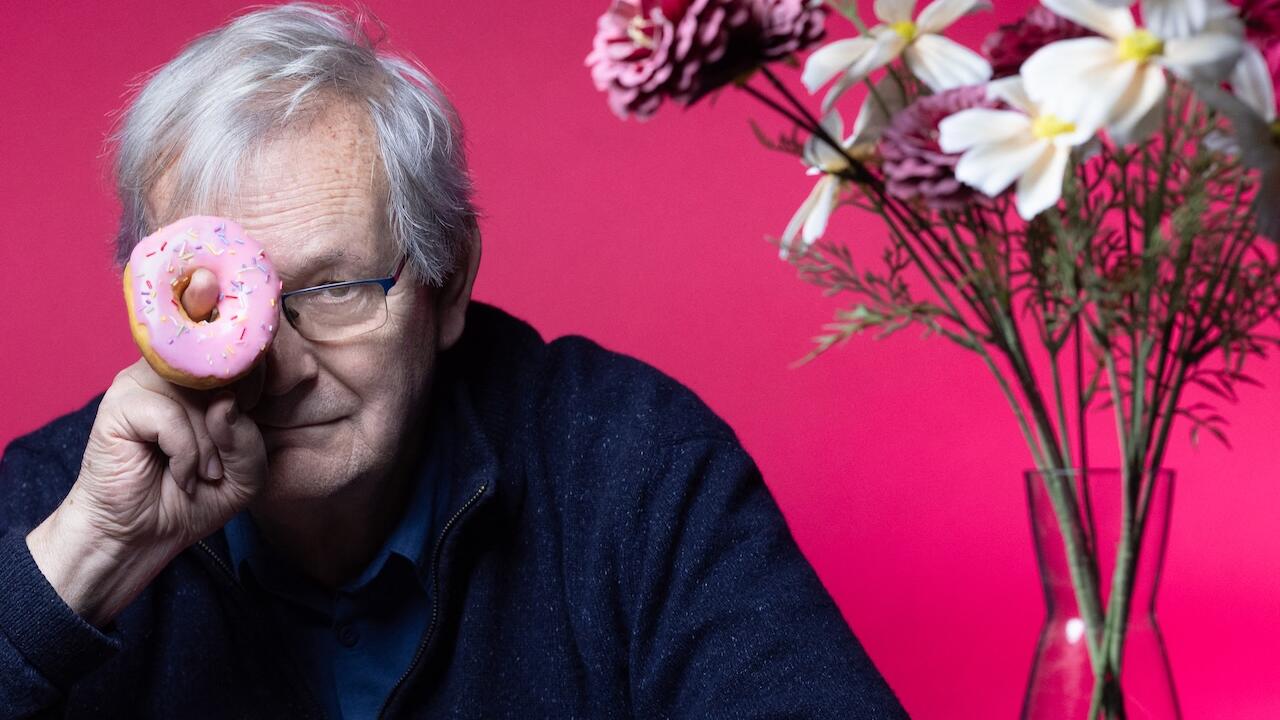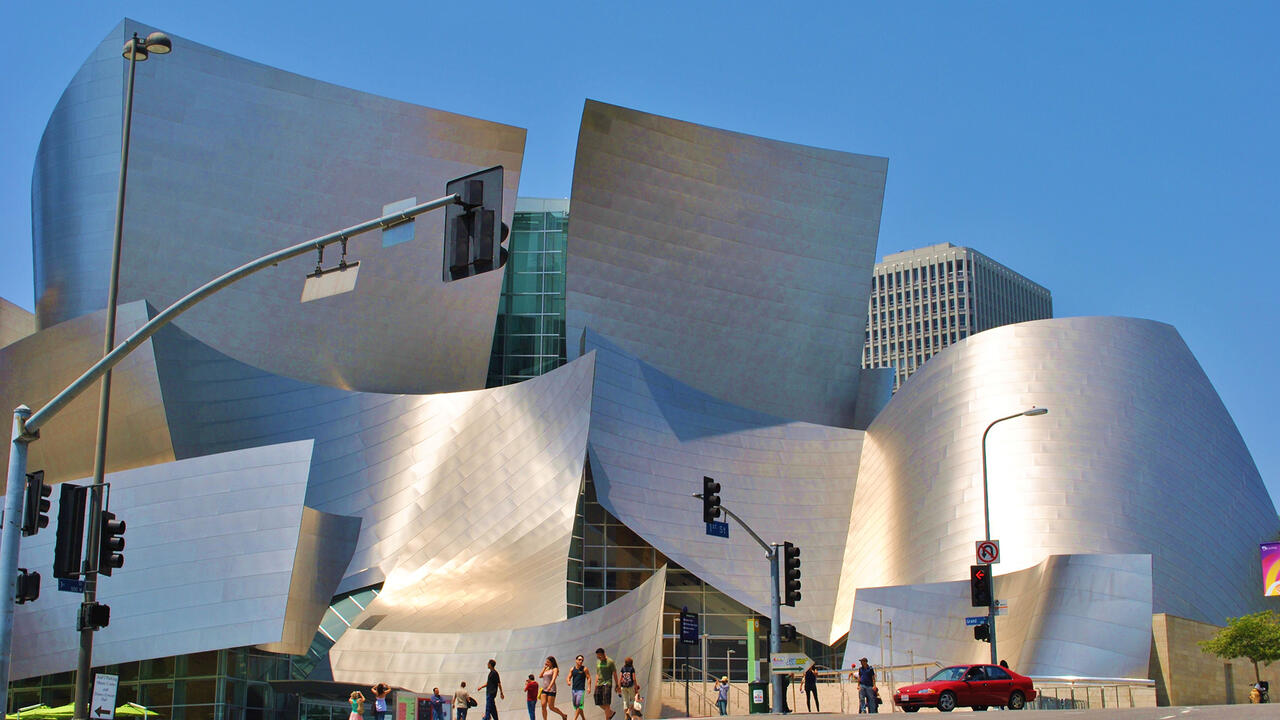Share & Like
The confusion around photography bans in museums
The confusion around photography bans in museums

Ever since the first public museums were founded in the mid-18th century, galleries have been finely tuned to produce specific types of experience and behaviour. Today, they continue to play an important role as social spaces: places to see and be seen. Capitalizing on this, New York’s Museum of Modern Art launched ‘MOMA Audio+’ last summer, a free guide on an iPod Touch that also enables visitors to take and share photos. To date, more than a million pictures have been taken, a third of which have been shared. While some of the works in moma’s collection are out of copyright, having been made by artists who died before 1944, the museum seems to have recognized that the vast majority of people photographing things in galleries aren’t interested in claiming ownership of the works or cheating the gift shop out of postcard sales. For better or worse, they are much more likely to be after a selfie, as indicated by the recently popular ‘#museumselfie’ hashtag. These days, the reasons given for photography bans are increasingly disconnected from the reasons people take photos in galleries.
Museums have yet to develop a standardized code governing the kind of copying that occurs when visitors take pictures of works they enjoy or want to remember. Some museums, such as Tate and the Guggenheim, have started to use visitors’ Instagrams and Twitpics for marketing purposes. But most still enforce a photography ban, despite being unable to police it properly. With new technologies encouraging people to share more every day, is the accelerating circulation of images rewriting the ideological and legal principles intended to protect artists’ ownership of their own work?
During a recent visit to the Whitechapel Gallery in London, a curator told me that I was not allowed to photograph Oliver Laric’s wallpaper prints from his Lincoln 3D Scans (2013). This was despite the fact that this project is copyright free – indeed, Laric’s practice often performs sophisticated investigations into issues of copyright. Composed of scans of artefacts from The Collection, a public museum in Lincoln, the project also comprises an online gallery (lincoln3dscans.co.uk) to which users can upload their adaptations. It’s an intriguing experiment but, when considered offline, its intentions are stymied. Apparently, even high-level museum professionals still struggle to reconcile existing policies with the strategies and technologies increasingly used by artists today. Online, I was encouraged to copy and use Laric’s work but, in the gallery, the project was handicapped, reduced to an advertisement for itself. This isn’t the first time such a paradox has befallen Laric’s work. In March last year, students at a performing arts school in New York staged a performance of Laric’s 2010 video Versions, but have since been unable to send the artist a high-resolution clip of the production because of the school’s prohibitive copyright regulations. As Laric has noted: ‘Many works that are not supposed to be photographed infringe on copyright in some capacity.’
Artists across all media are concerned about poor-quality reproductions of their works. Compared to the art world, musicians tend to be more vocal about their wishes not to have live appearances photographed or recorded. While this may be related to worries about bootleg recordings, requests are frequently framed as upholding the sanctity of the live experience. In signs posted at his recent gigs, Jack White asked the audience to, ‘Enjoy the show live and in person’, while the Yeah Yeah Yeahs stated, more bluntly, ‘Put that shit away as a courtesy to the person behind you.’ At a Prince gig in New Yorklast year, the ‘Purple Rules’ warned that violators of the photography ban would be, ‘asked to access another experience.’
But reaching for a camera has become, for many, a Pavlovian response to visual stimulus or emotional excitement; it’s a well-rehearsed technique for processing anything from high-value ‘live’ and collective experiences to casual or solitary moments. So does the act of taking photos really prevent us from being fully present? Or, for a younger generation, does a camera simply now ensure the ‘liveness’ of an experience, whether of art objects or performances?
Discussions of gallery etiquette and copyright are fraught with all kinds of contradictions that are not easily resolved, and a happy conclusion to this debate seems some way off. While the interests of museums and artists have often not been aligned, it’s clear that a sustained discussion about copyright as both an artistic field of enquiry and a practical reality needs to take place. That’s the bare minimum but, in the end, this is an argument about experience and authority: do museums, which are concerned with upholding one kind of encounter, have the moral authority to control or judge a more recently emerged kind of experience, one that is distributed, ‘shared’ and instantly circulated?









